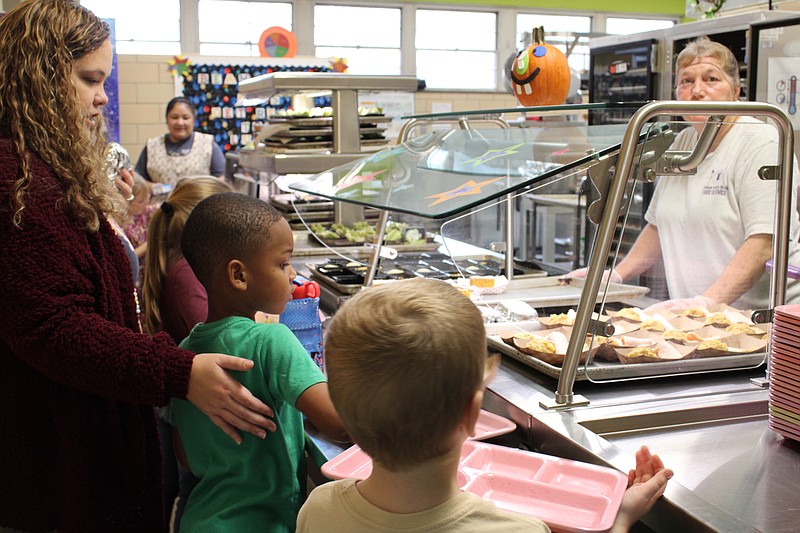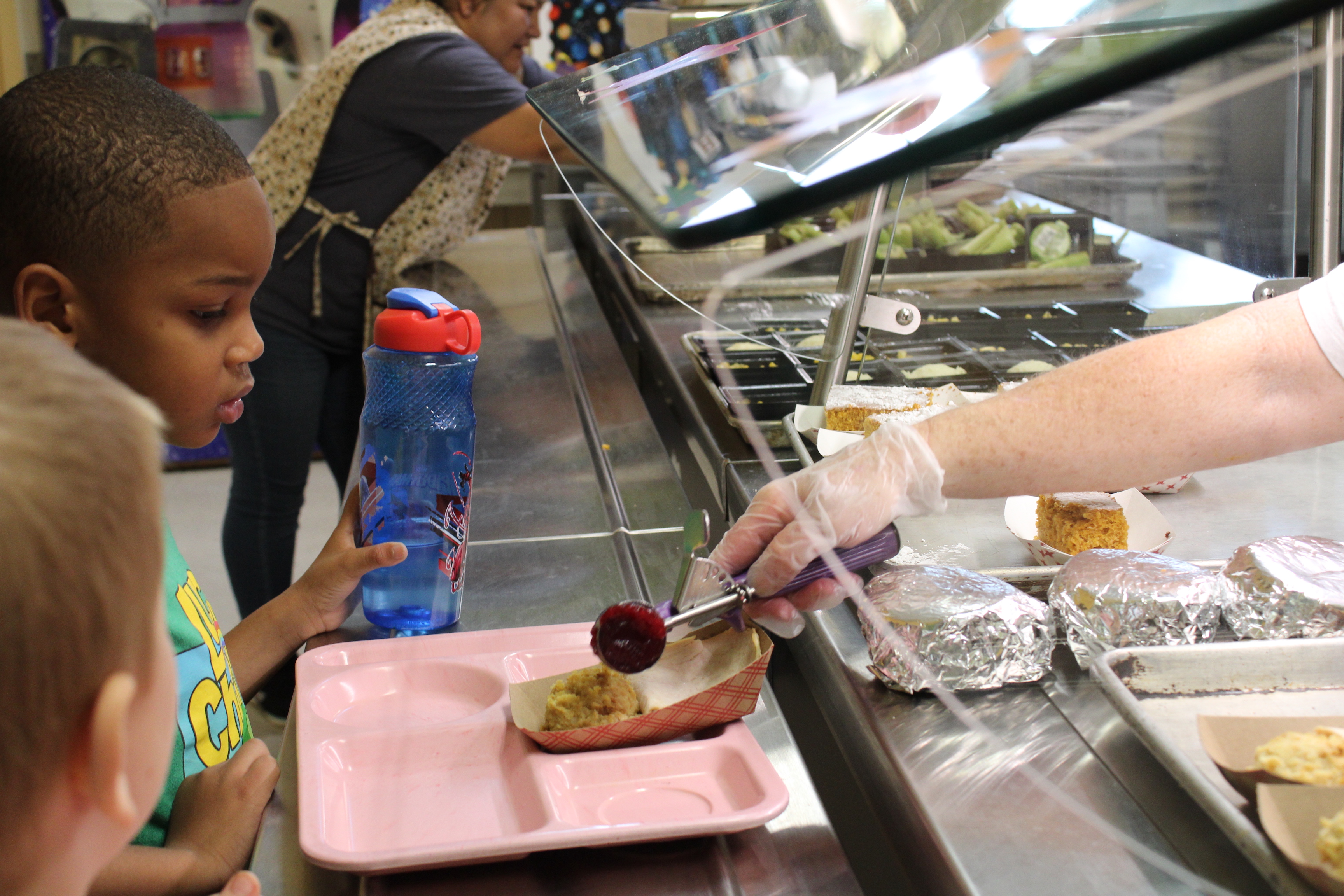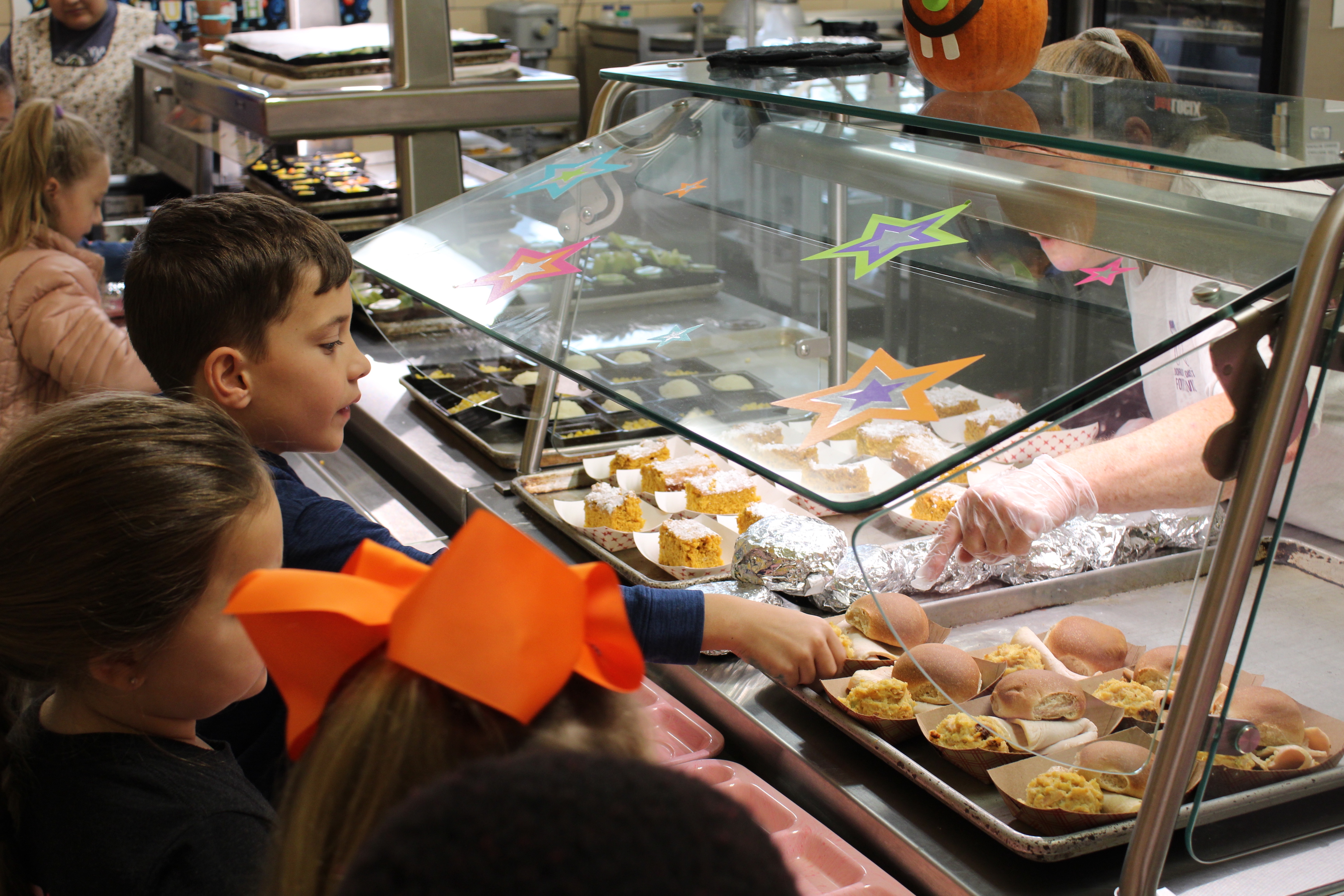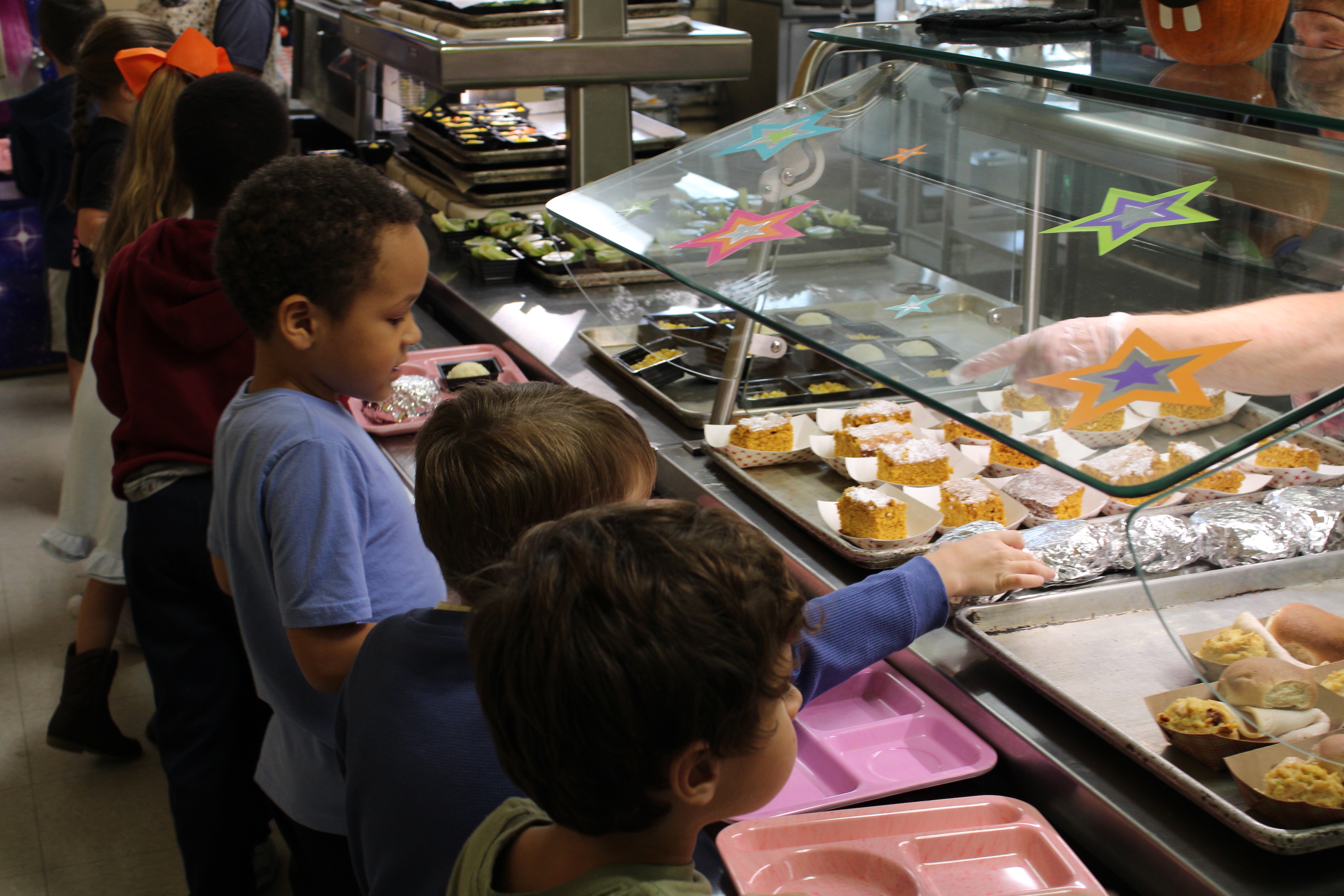Arkansas ranks among the worst states in the U.S. for food insecurity, according to a recent study from the U.S. Dept. of Agriculture, but the El Dorado School District is doing its part to keep local children from going hungry.
Since 2020, all students in the ESD have been eligible for free meals provided by the district. El Dorado High School was the last in the district to become eligible, and Kim Newman, child nutrition director for the district, said the ESD has had high participation in its cafeteria since it joined the other schools in the program.
"When we came back from COVID, everybody was free," Newman said. "Our district qualified for that community eligibility provision, designated by the USDA, so everybody in our district eats free, every student."
The USDA's community eligibility provision is a "non-pricing meal service option for schools and school districts in low-income areas," according to the agency. Newman said that the ESD qualified because more than 40% of its schools' families are eligible for SNAP (Supplemental Nutrition Assistance Program) benefits.
"More than 40% of students are either homeless, in foster care or certified to denote they need assistance, or they receive SNAP," she said.
So any student, regardless of their ability to pay, is able to eat at least two wholesome meals at school every week day. And the options at El Dorado schools are nearly endless.
"We offer multiple entrées at each school and go by an offer versus serve mentality," Newman said. "We have the MySchoolMenus app that tells them what we're having and gives them the opportunity to make a choice."
This year, students got several new meal options when the district added a build-your-own-nachos bar at Barton Junior High School, homemade pizza lines at Washington Middle School and EHS and self-serve stores at BJHS and EHS.
"Our students can walk through the cafeteria and get any combination they want from what's on the menu," Newman said in July. "The high school alone has eight entrée choices a day; Barton usually has six; Washington has four; and the elementaries have two or three, so we really do try to offer a variety and appeal to every student with every meal."
Newman said the increased participation in ESD cafeterias has helped improve other cafeteria operations as well, and has a broader impact on the community than one might expect.
"It's a cyclical type situation, where students being able to eat free boosts lunch numbers, which boosts our ability to hire more residents of our area, so it helps impact our economy by allowing us to employ more folks, which leads to more lunches being served and more kids having good, quality meals," she said.
During the 2022/2023 school year, Newman said the ESD served 310,297 breakfast meals and 492,069 lunches. But that's not all. The district also has a summer meal program that serves anyone under the age of 18.
"We can give a meal to anyone under the age of 18; they don't have to be a resident of Union County," she said, noting that summer lunches are also provided to students outside of the ESD.
The summer meal program provided 49,941 meals this summer, including to students in summer school; with the district's food truck, which went into the community twice weekly; and with the district's meal van, which also went into the community twice weekly.
One thing the ESD doesn't have is an in-school food pantry, which Newman said is because all meals served have to be matched with a student ID number. A pantry could compromise a student's privacy, she said.
Instead, each school has a "share table" at lunch, which any student may take from, she said.
"If a student picks up an apple then decides they don't want it, they can put it on the share table so another student can take it. Any food in a wrapping, or fruits with skins," Newman said. "Students may take something then decide while eating they don't want it, so they'll put it on the share table and other students will come and grab it."
Additionally, the district has strong partnerships with some local community groups, so they're able to connect students and their families with resources outside of the ESD.
"We've got the St. John summer program, Bible Baptist – there are about nine partner agencies," she said.
Last week, ESD students were treated to a Thanksgiving meal, complete with roasted turkey, savory turkey dressing, mashed potatoes and gravy, green beans and homemade pumpkin bars. Students at Hugh Goodwin could be seen choosing between the turkey entrée and a cheeseburger and the various sides, but all happily took a pumpkin bar sprinkled with powdered sugar.
For more information about school meals in the ESD, visit facebook.com/ESDFoodServices or myschoolmenus.com/organizations/217.




